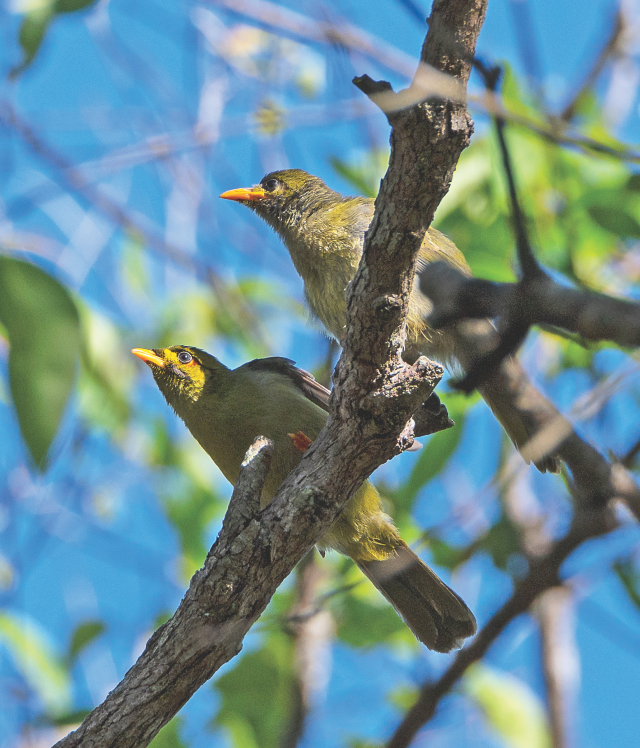Last week, the Queensland Government, through the offices of Environment Minister Meaghan Scanlon, announced a number of state forests across South East Queensland were to be transferred to national park status. The transfers include the 1200 ha West Cooroy State Forest on the shire’s southwestern boundary.
“The transfer of the forests will ensure they are conserved by legislation, while also ensuring that public access remains and people can continue to enjoy these beautiful areas,” Ms Scanlon said.
Down for listing as a national park in the 1999 SE Queensland Regional Forest Agreement, West Cooroy State Forest was excluded in the final decision since it was reserved as a forest resource.
Australian Rainforest Conservation Society (ARCS) members were informed of its exclusion. Many locals noted a light logging operation 14 years ago, before the forest returned to its untouched state.
West Cooroy contains subtropical rainforest, tall wet sclerophyll forest, including the critically endangered Native Guava. It’s also home to the endangered koala, Greater Glider, the threatened Giant Barred Frog and the vulnerable Tusked Frog.
There have been 146 bird sightings, including the Wonga Pigeon, Wompoo Fruit Dove, King-Parrot, Paradise Riflebird, Superb Fruit Dove, 10 species of Honeyeater, Satin Bowerbird, Green Catbird, Rose-crowned Fruit Dove, and the Spectacled Monarch. The distinctive call of the Bell Miner is evident along the road in several places.
West Cooroy State Forest, Tuchekoi National Park and Woondum National Park are important hinterland reserves with streams and rivers feeding the Mary River, which runs out to the Great Barrier Reef at Maryborough.
With most of the shire’s attention and conservation efforts directed to the coast’s national parks and the Noosa River, it’s worth pointing out these hinterland natural assets are also important to the shire’s biodiversity.
Former mayor, Tony Wellington, a long-time advocate, recently wrote a report on West Cooroy State Forest for the Noosa Parks Association (NPA).
He noted the area forms part of the Landscape Connectivity Corridors mapped for Noosa Council’s Biodiversity Assessment Report.
Obviously, a national park in the shire’s west, would be a huge ecological boost to the shire.
In recent years, CARA, along with ARCS and the NPA, has lobbied state members and government departments for this new national park.
While the timeframe for the change has not been announced, because of consultation with Indigenous representatives and neighbouring landowners, the decision is most welcome and an important addition to Noosa’s natural estate.







